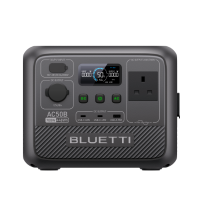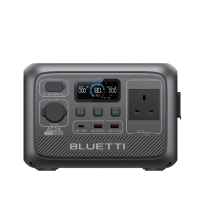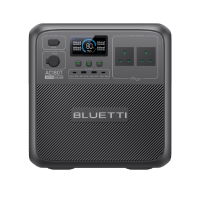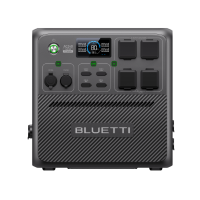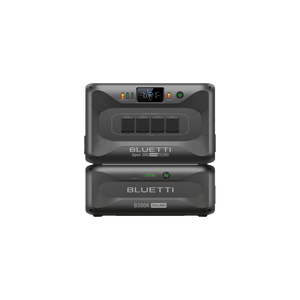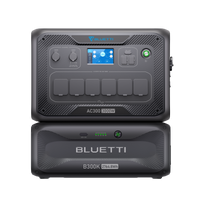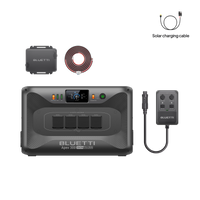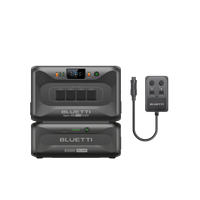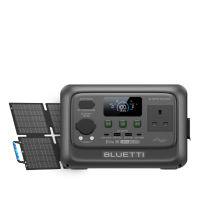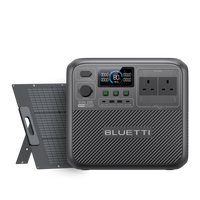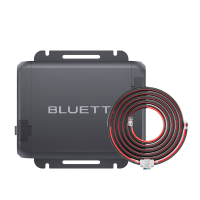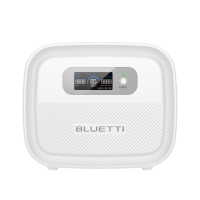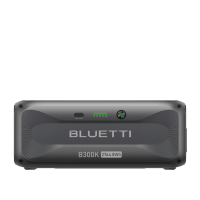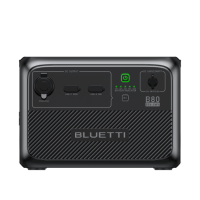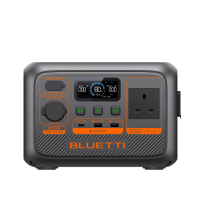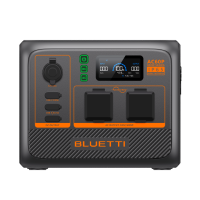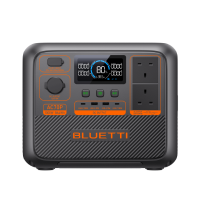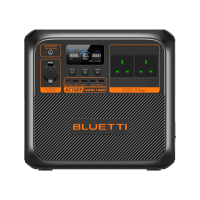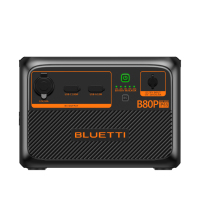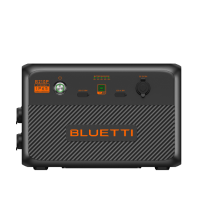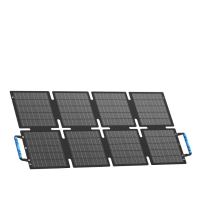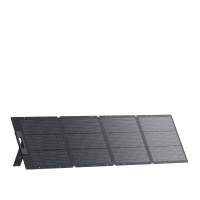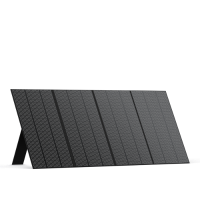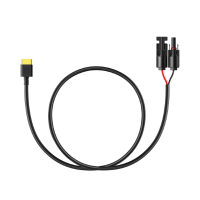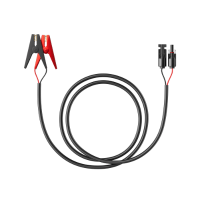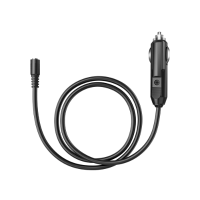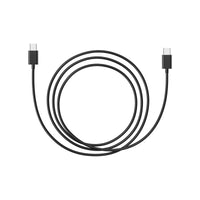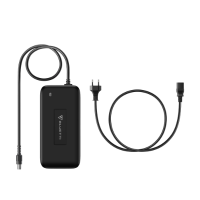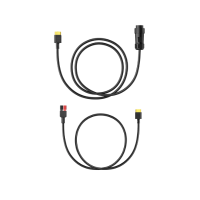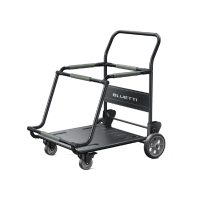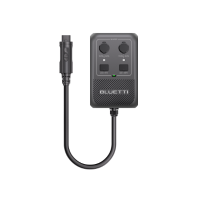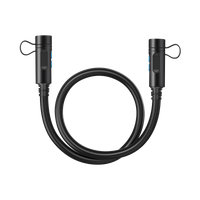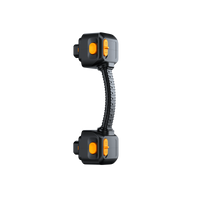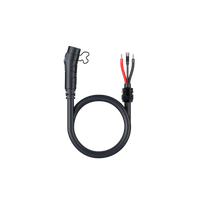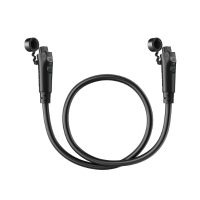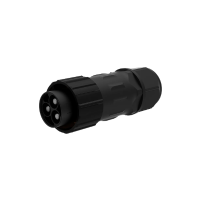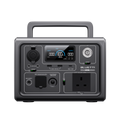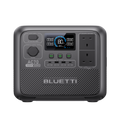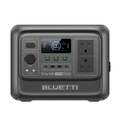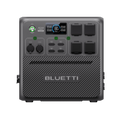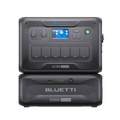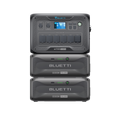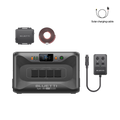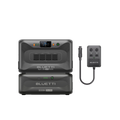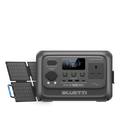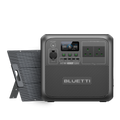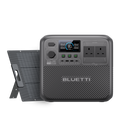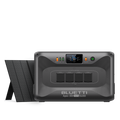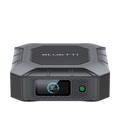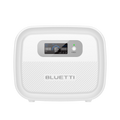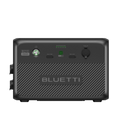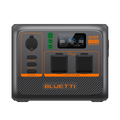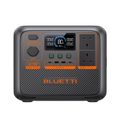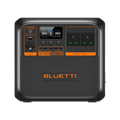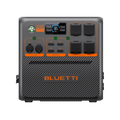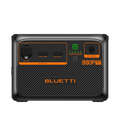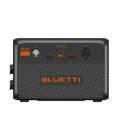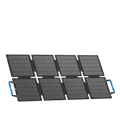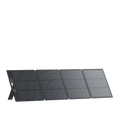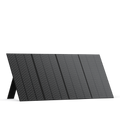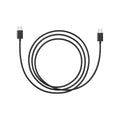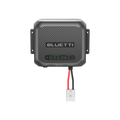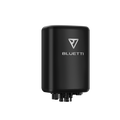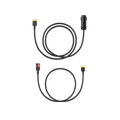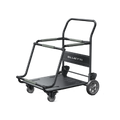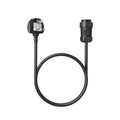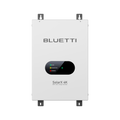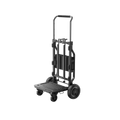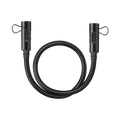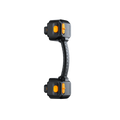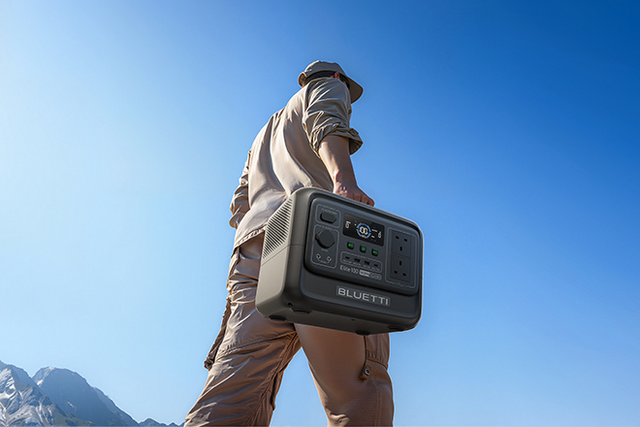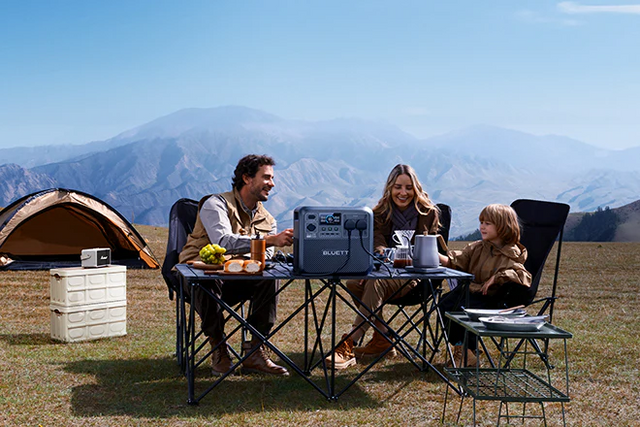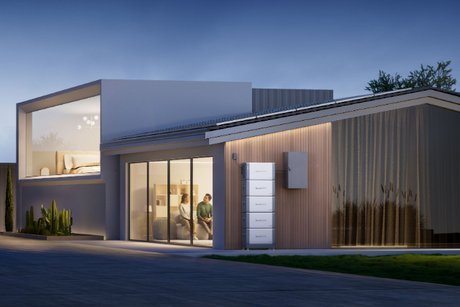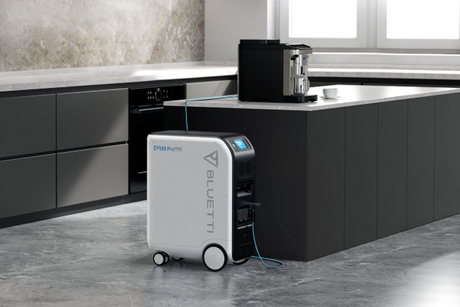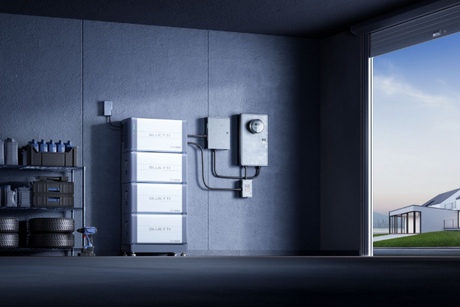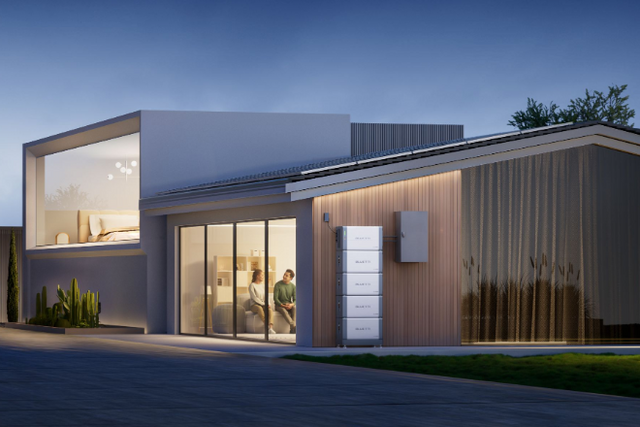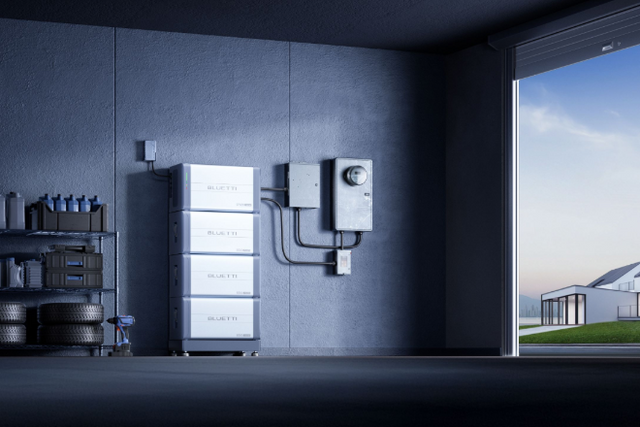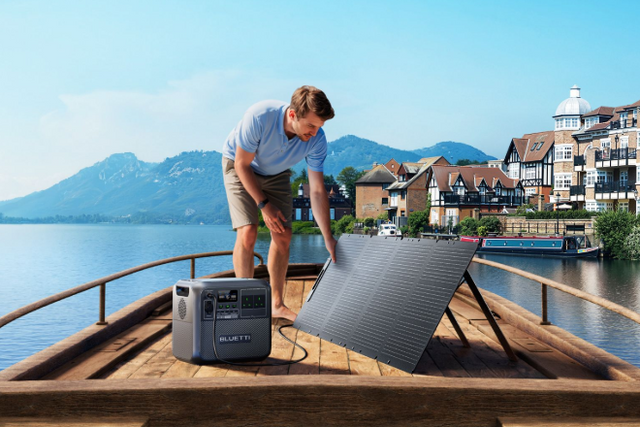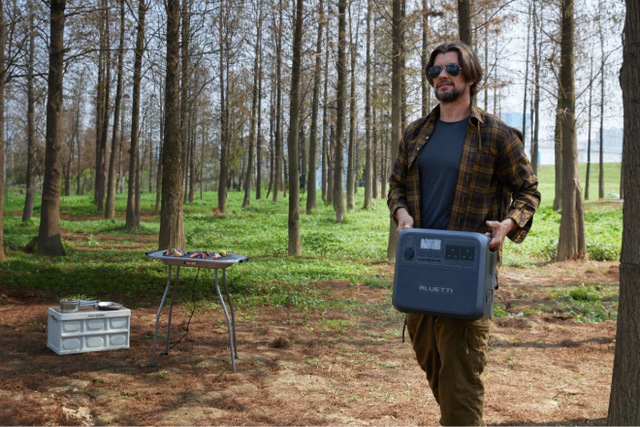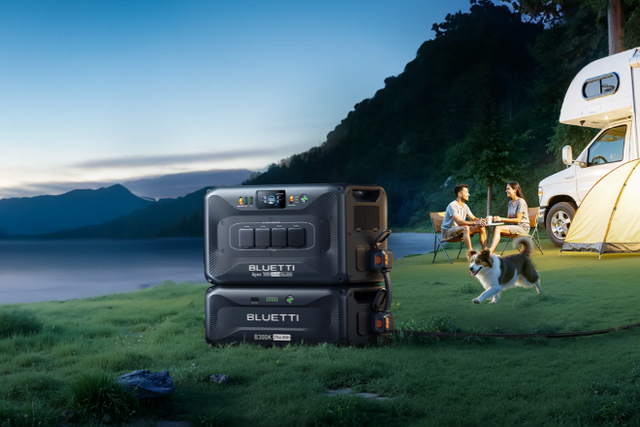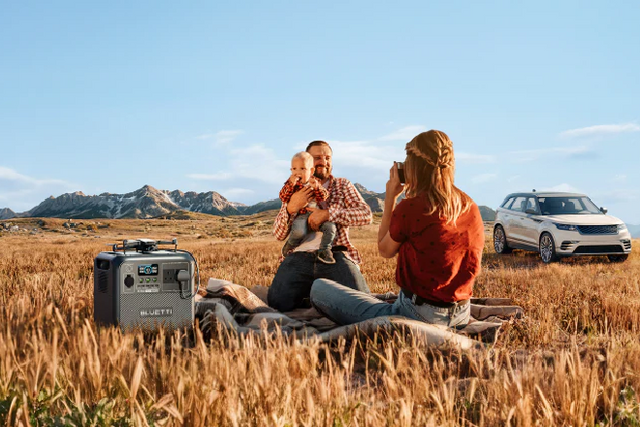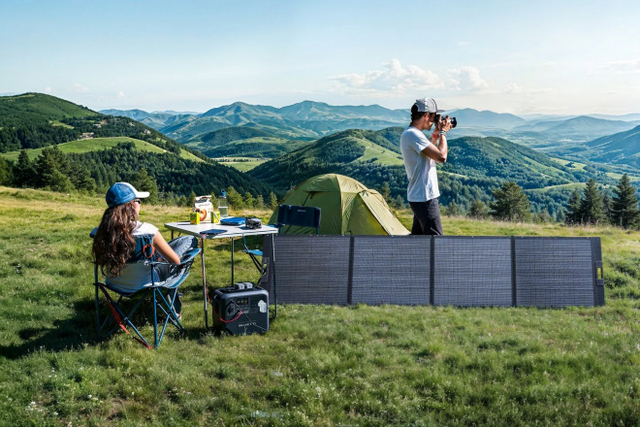DIY Campervans Made Easy: Essential Power Tips for Your Off-Grid Setup

Building a DIY campervan is a journey into creativity and freedom. More and more people are drawn to the idea of crafting a personalized space on wheels, a rolling home that reflects their style and spirit. It's an empowering process that puts you in the driver's seat of your own adventure.
But as every builder quickly discovers, there's one core challenge that underpins the entire project: creating a reliable off-grid power system. This is the heart of your van, the key that unlocks true freedom on the road, allowing you to work from a remote beach, light up a cozy evening in the forest, or simply keep your food fresh wherever you roam.
This article shares essential, practical, and sometimes surprising tips for designing a smart and flexible power system. Our goal is to make the complex topic of campervan electrics feel approachable, giving you the confidence to build a system that's both powerful and safe.

1. Start with a Plan: The Simple Secret to a Powerful DIY Campervan
The most critical first step for any van power system isn't buying batteries or solar panels—it's planning. Before you drill a single hole or crimp a single wire, you need a clear vision of how everything will work together.
The best way to do this is to start with a pen and paper. Draw a simple plan of your electrical system. It doesn’t need to be a professional schematic; it just needs to make sense to you. Even if you end up drawing it five or six times, this process clarifies the entire system in your head before you commit to building it.
This planning phase is crucial because your electrical and plumbing systems must be designed into the van's layout from the very beginning. For example, if you want a large 810 amp-hour battery system, you can't just find a spot for it later. That much power requires dedicated space that must be built into a bench, bed, or another structural part of your van. Thoughtful planning ensures your power system supports your layout, rather than conflicting with it, saving you countless headaches down the road.
Quick Tip: Keep It Simple
Especially for a first build, the best approach is to keep your campervan electrics as simple as possible. Focus on what you truly need and build a reliable system that meets those core requirements before adding complex features.
2. Right-Size Your Power: Why Bigger Isn't Always Better
A common mistake in DIY builds is choosing an inverter that is far too large for the battery bank supporting it. The goal isn't to have the maximum possible power output; it's to create a balanced, efficient, and reliable system.
Most common appliances you'll use in a van, like a TV or a laptop, only require 100-150 watts of power. It's the high-draw items like hair dryers, induction hobs, or electric kettles that demand large inverters. If you don't plan on using these power-hungry appliances, a massive inverter is unnecessary.
This matters because your batteries have a maximum discharge rating. Many lead-based batteries simply cannot deliver enough amps to safely power a large inverter, which can lead to system failure and potential damage to your components. A smaller, well-matched inverter is often more efficient and reliable for the average off-grid campervan.
Common Mistake: Underestimating Your Battery Needs
If you do plan to run high-draw appliances, you must be prepared to invest in a battery bank that can handle the demand. This typically means using lithium batteries, as lead-based batteries will not deliver enough amps for a large inverter. A single appliance like a fridge can be surprisingly demanding and may require a battery bank of at least 200 amp-hours to run effectively without constantly draining your power reserves.
3. Harness the Sun (But Understand Its Limits)
Solar panels are a fantastic way to replenish your leisure battery, creating a sustainable power source for your off-grid adventures. The basic setup is straightforward: panels on the roof connect to a solar charge controller, which intelligently manages the flow of energy to charge your batteries.

However, here's a surprising insight: battery manufacturers rarely endorse solar power systems.
The reason for this comes down to the number of variables involved. The quality of the solar controller, fluctuating weather conditions, and the overall quality of the components can all impact how a battery is charged. A poorly constructed or badly maintained solar setup can improperly charge a battery, potentially reducing its lifespan and performance.
You can mitigate this risk by investing in quality components. Always choose solar panels and charge controllers from trusted, well-known manufacturers. While the initial cost may be higher, the reliability and peace of mind you gain are well worth it, ensuring your batteries are properly maintained for the long haul.
4. Embrace Plug-and-Play Simplicity for Your Off-Grid Setup
For builders who find the idea of wiring a component-based system from scratch intimidating, there is a simple and highly effective alternative: a portable power station. These integrated units offer a complete, ready-to-go power solution without the complex wiring.
The benefits of this approach are significant, especially for DIY builders who prioritize convenience and ease of use:
• All-in-One Design: They come with all the necessary outlets built-in, including 12V sockets, USB ports, and standard AC plugs.
• Flexible Charging: They can be charged in multiple ways. Plug it into a wall socket at home before a trip, connect it to solar panels, or top it up from your vehicle's 12V socket while you drive.
• Modern Battery Tech: Most modern units use Lithium Iron Phosphate (LiFePO₄) battery chemistry. This technology is incredibly durable and can handle thousands of charge and discharge cycles, offering a long and reliable service life.
For vanlifers who prefer plug-and-play simplicity, the BLUETTI Apex 300 + Charger 1 + Hub D1 offers a ready-to-go system for reliable off-grid energy—no complex wiring needed.

For many DIY campervans, a portable power station offers the perfect blend of power, convenience, and safety, removing the steep learning curve of a traditional electrical build and getting you on the road faster.
5. Prioritize Safety: The Non-Negotiable Rules for Campervan Electrics
While the DIY spirit encourages creative freedom, electrical safety is non-negotiable. A correctly installed system is the foundation of a worry-free life on the road, protecting you, your passengers, and your investment. Follow these core safety rules without exception.
Use Fuses to Protect Your Wiring
Fuses are absolutely critical. Every positive 12V cable running to an appliance should have an inline fuse. Its main purpose is not just to protect the appliance, but to protect the cable itself from overheating and becoming a fire hazard in the event of a short circuit.
Check Your Wiring
Regularly inspect your wiring, especially around light fittings and other components that generate heat. Look for any signs of scorching, burning, or degradation of the thermal insulation on the cables. This is a key fire risk that can be easily prevented with routine checks.
Get a Second Opinion
Even if you are confident in your DIY installation, having a qualified person inspect your system is a wise investment. A fresh, expert set of eyes can spot potential issues you might have missed, providing valuable peace of mind before you hit the road.
Conclusion
Building a successful power system for your DIY campervan isn't about having the biggest inverter or the most batteries. It's about smart planning, creating a balanced system that matches your needs, and prioritizing safety above all else. By starting with a clear plan, right-sizing your components, and following fundamental safety rules, you can build a reliable off-grid setup with confidence.
Getting the power right is what transforms a simple van into a true home on wheels, empowering you to explore, work, and live freely on your own terms.


